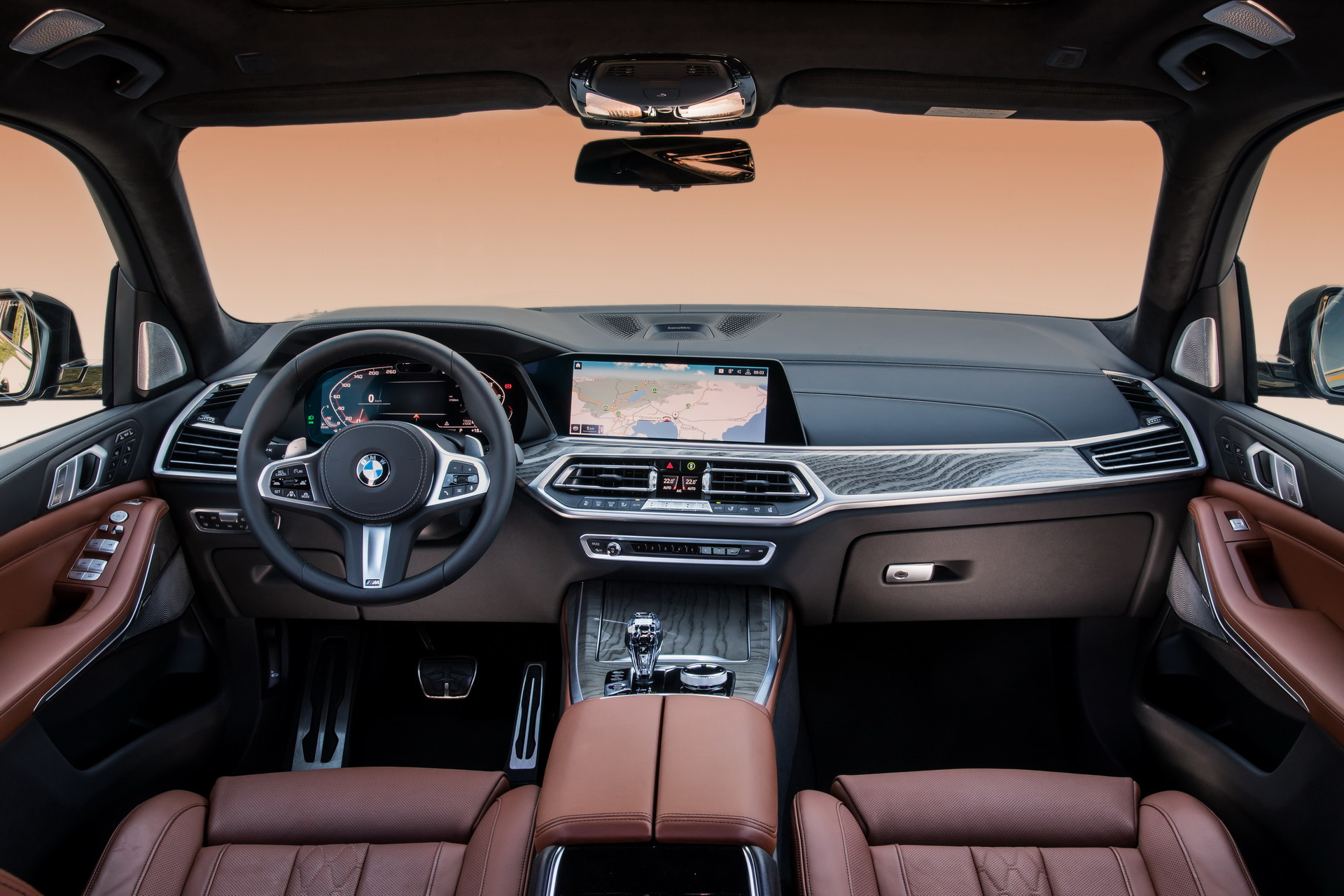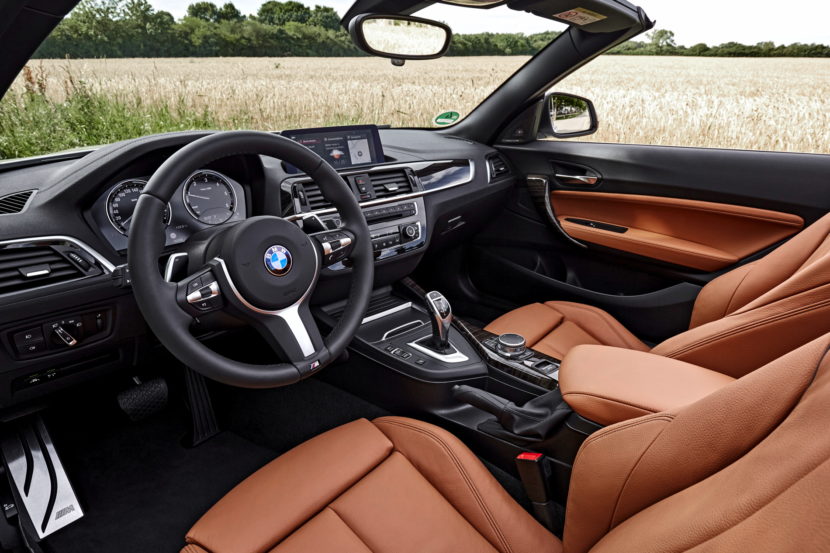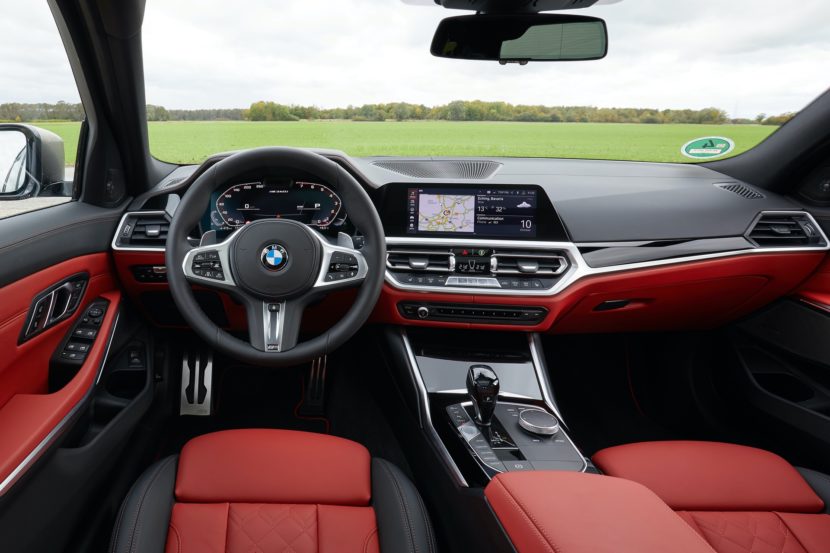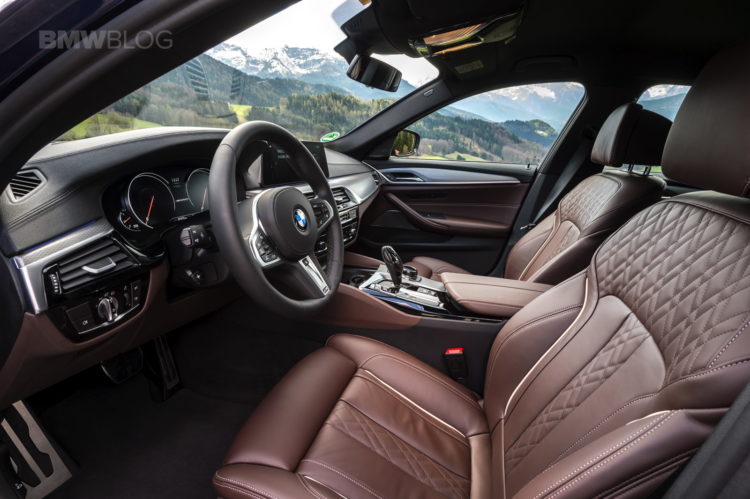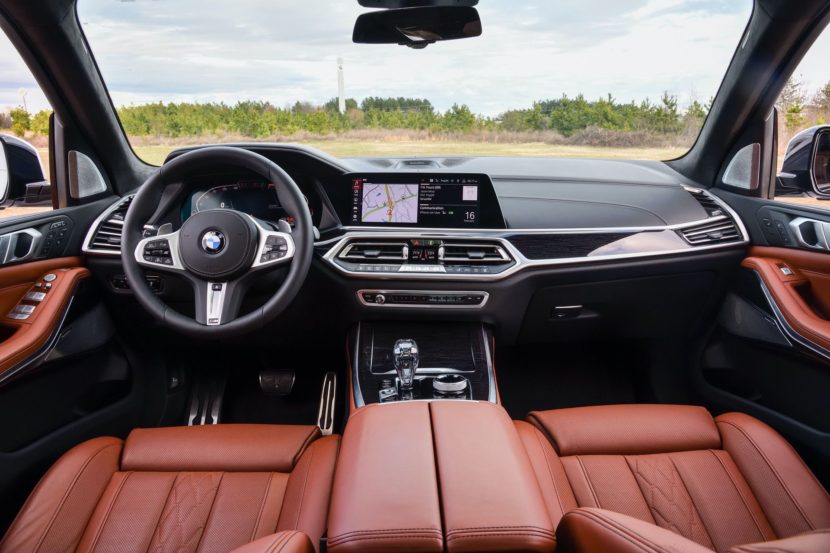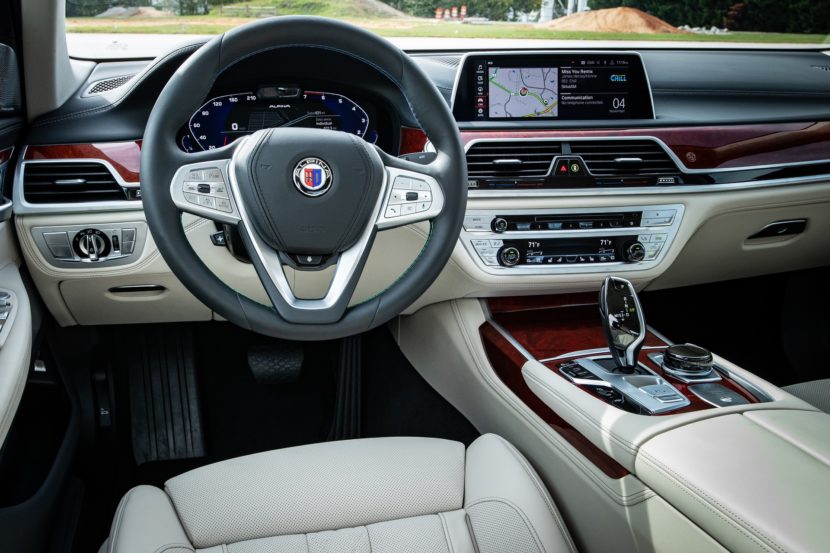When buying a new BMW, there are quite a few different leather options that can be had, depending on the model. And, if you’re like most people, you just see words like ‘Nappa Leather’ and go “Ohh, like where they make the wine. That sounds nice.” However, the different leather options in modern BMWs actually vary quite a bit, based on several different factors. So it’s worth knowing which leathers have which qualities, as that knowledge allows you to determine which BMW leather is worth the upgrade. So let’s dig in.
Sensatec
Entry-level BMWs don’t get real leather as-standard kit. Instead, they get a synthetic leather called Sensatec. It looks real enough and it feels pretty good but it’s not real leather and it’s certainly not as comfortable, soft or luxurious as real leather. The upsides of it are the fact that it’s inexpensive and durable. So it will hold up for years and years, with little-to-no maintenance. Also, it’s vegan, so anyone that doesn’t want real cowhide in their BMW should go for Sensatec.
Dakota Leather/Vernasca Leather
This is the most common BMW leather at the moment. They’re both quite similar, as they’re both real leathers with artificial dyes and finishes, while also having a “grain” embossed into the surface to make it look like natural grain. To be honest, this is a fine option.
READ ALSO: How To Care For Your BMW Leather – Products We Use
It’s not as high-quality or as premium as some of the other leather options offered in modern BMWs but both Dakota (standard leather on a 5 Series) or the Vernasica (optional on 3 Series) are good enough for most customers. Due to their heavy finishes, they’re also quite durable and don’t require too much maintenance to retain their looks.
Nappa Leather
This is where things get nice. Nappa Leather is one of the BMW leather options on cars like the 5 Series, 6 Series and 7 Series and it’s a more premium, more natural option than either of the aforementioned two. It’s a full-grain, un-split, semi-aniline leather and it features a light clear-coat finish for durability.
Nappa Leather is a nice choice for a lot of BMWs because it’s very premium and quite natural looking and feeling without requiring too much care and attention. It’s also reasonably priced for a high-quality leather and it feels very nice. It’s also the second highest-quality leather option on regular production BMWs.
Merino Leather
If you want your BMW leather to really impress your passengers, you’ll need Merino. While Nappa leather is standard on most luxury BMWs, it’s the Merino leather that’s optional on them. Even the 7 Series makes you pay more for Merino leather because it’s the best that BMW offers. Some higher-end M models come with it and most Individual leather options are made from the stuff as well.
It’s the finest quality cowhide BMW offers and it’s not dyed with any artificial colors or coatings. So it’s the richest and most premium leather among the bunch. But it’s also the most expensive and will require care and maintenance to keep its quality and look.
LAVALINA Leather
Technically, this is an ALPINA leather option and not a BMW leather. However, it’s still available on cars with Roundels, so we’re counting it. All ALPINA models get LAVALINA leather as-standard and it’s of a higher quality than any of BMW’s options.
Only select, non-salt-preserved cowhides from South Germany are used in making this type of leather. The hides are tanned and dyed using only natural dyes and it’s the softest and most breathable of all of these leather options. The only downside is that it requires regular cleaning, using only boiled water and a pH-neutral soap. Yes, it’s very expensive but it comes attached to an ALPINA and that’s well worth the money.
What Products To Use To Care For Your Leather
- For cleaning – 303 Multi Surface Cleaner Spray
- 303 Aerospace Protectant
- Chemical Guys Leather Cleaner
- Leather coating – Gyeon Leather Coat
- Swissvax Leather Cleaner


